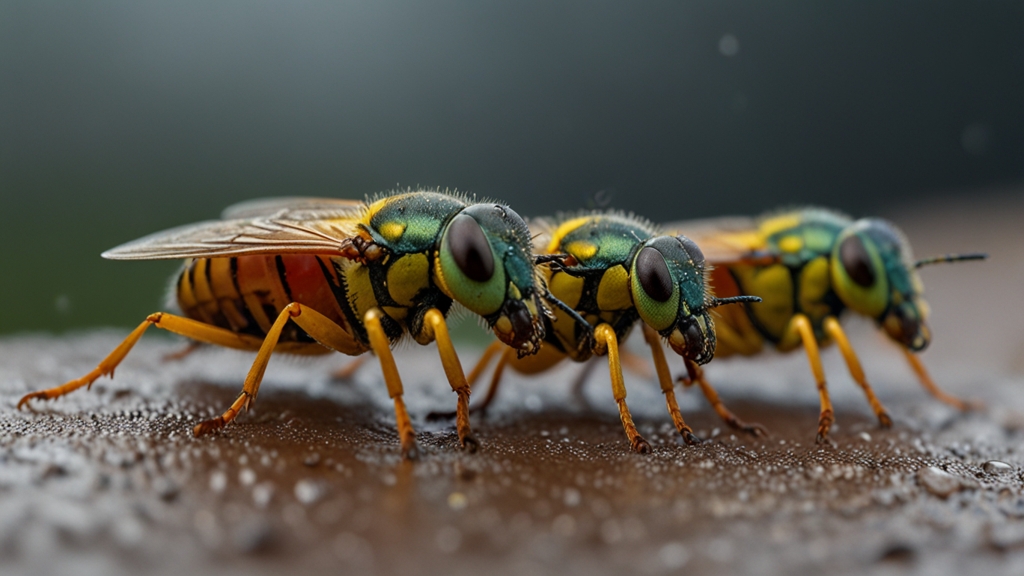How Insects Influence Weather Patterns: The Connection You Never Knew
When we think about the factors that influence weather patterns, our minds typically drift toward large-scale phenomena like ocean currents, volcanic activity, and human-induced climate change. However, a surprising player in this intricate system often goes unnoticed: insects. These tiny creatures, though small in size, can significantly affect weather patterns and the overall climate. Let's explore this fascinating connection.
The Role of Insects in the Ecosystem
Insects are among the most numerous and diverse groups of organisms on Earth, playing crucial roles in ecosystems. They are pollinators, decomposers, and a critical part of the food chain. But beyond these essential functions, insects also contribute to atmospheric processes in ways that can influence weather.
Insect-Induced Cloud Formation
One of the primary ways insects influence weather is through cloud formation. Insects can emit various aerosols and organic particles into the atmosphere. These particles act as cloud condensation nuclei (CCN), around which water vapor condenses to form clouds. More clouds mean more sunlight is reflected back into space, potentially leading to cooler temperatures. Conversely, changes in cloud cover can also contribute to localized warming by trapping heat.
"The presence of vast swarms of insects, such as locusts, can introduce significant amounts of organic material into the atmosphere, thereby altering cloud properties and potentially affecting precipitation patterns."
Impact on Air Temperature and Humidity
Insects can also influence air temperature and humidity levels. During their swarming events, insects like locusts and bees can cover large areas, affecting the surface albedo (the reflectivity of Earth's surface). By altering how much sunlight is absorbed or reflected, these swarms can lead to fluctuations in local temperatures.
Furthermore, insects' respiration and metabolic processes release water vapor into the atmosphere. While the exact contribution may be minor compared to larger environmental processes, it's a factor that adds up, especially in ecosystems with high insect biomass. Increased humidity levels can affect cloud formation and precipitation, further impacting local weather patterns.
Biomass and Greenhouse Gas Emissions
Insects are a vital part of the biomass in many ecosystems, and their metabolic activities contribute to the emission of greenhouse gases like methane and carbon dioxide. For instance, termites are known to produce significant amounts of methane during their digestive processes. While insects' overall contribution to greenhouse gases is less compared to other sources, it is still a variable that interacts with larger climatic systems.
"Termites alone are estimated to produce around 20 million tons of methane annually, significantly impacting atmospheric chemistry and climate regulation."
Conclusion
The intricate ways insects influence weather patterns serve as a reminder of the interconnectedness of natural systems. From acting as cloud condensation nuclei to impacting air temperature and humidity, these small creatures play a role far more significant than their size suggests. Understanding these connections helps scientists develop more accurate climate models and furthers our comprehension of the Earth's complex weather systems.
So, the next time you see a swarm of insects or hear about a locust invasion, remember that these tiny creatures are not just nuisances—they are active participants in the dynamic system that shapes our weather.









